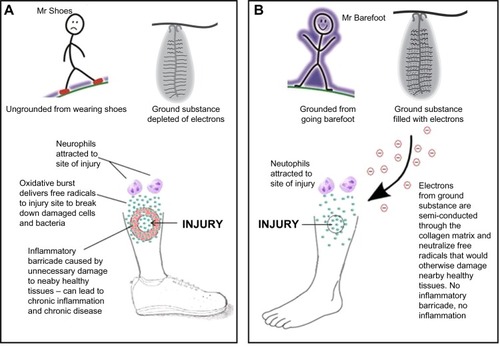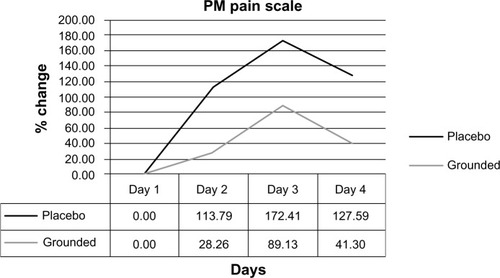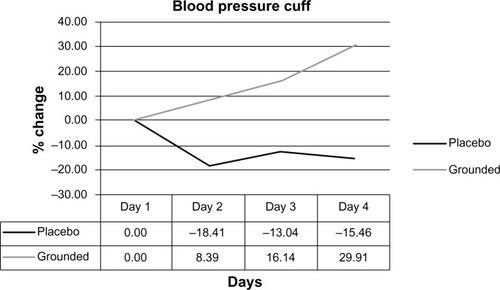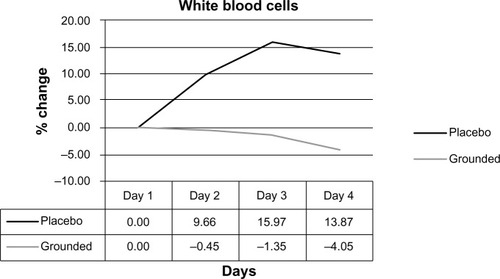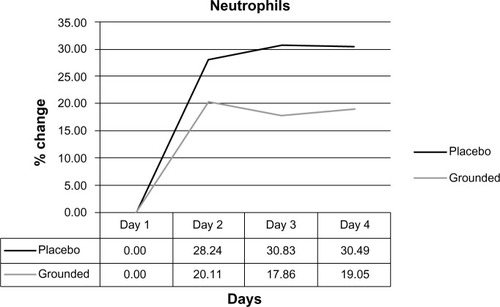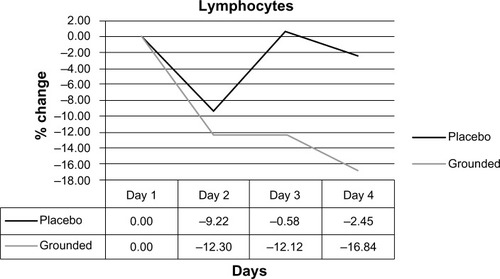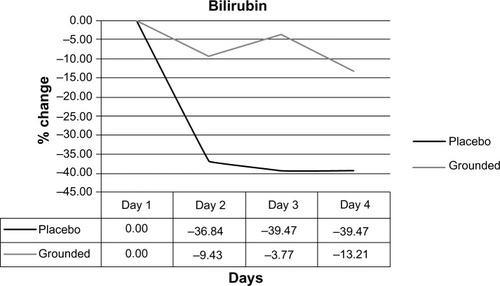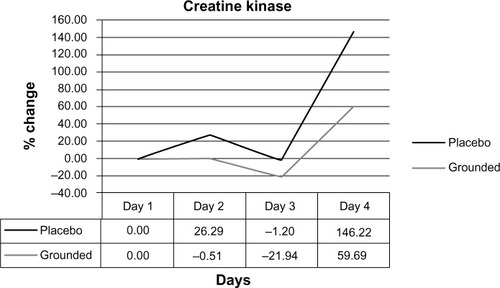Figures & data
Figure 1 Photographic images documenting accelerated improvement of an 8-month-old, non-healing open wound suffered by an 84-year-old diabetic woman.
Notes: (A) Shows the open wound and a pale-gray hue to the skin. (B) Taken after one week of grounding or earthing treatments, shows a marked level of healing and improvement in circulation, as indicated by the skin color. (C) Taken after 2 weeks of earthing treatment, shows the wound healed over and the skin color looking dramatically healthier. Treatment consisted of a daily 30-minute grounding session with an electrode patch while patient was seated comfortably. The cause of the wound adjacent to the left ankle was a poorly fitted boot. A few hours after wearing the boot, a blister formed, and then developed into a resistant open wound. The patient had undergone various treatments at a specialized wound center with no improvement. Vascular imaging of her lower extremities revealed poor circulation. When first seen, she had a mild limp and was in pain. After an initial 30 minutes of exposure to grounding, the patient reported a noticeable decrease in pain. After 1 week of daily grounding, she said her pain level was about 80% less. At that time, she showed no evidence of a limp. At the end of 2 weeks, she said she was completely pain-free.
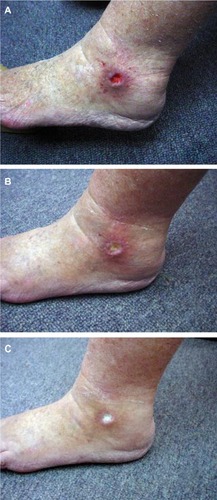
Figure 2 Rapid recovery from a serious wound with minimal swelling and redness expected for such a serious injury.
Notes: Cyclist was injured in Tour de France competition – chain wheel gouged his leg. (A) Grounding patches were placed above and below wound as soon as possible after injury. Photo courtesy of Dr Jeff Spencer. (B) Day 1 after injury. (C) Day 2 after injury. There was minimal redness, pain, and swelling, and cyclist was able to continue the race on the day following the injury. (B and C) Copyright © 2014. Reprinted with permission from Basic Health Publications, Inc. Ober CA, Sinatra ST, Zucker M. Earthing: The Most Important Health Discovery Ever? 2nd ed. Laguna Beach: Basic Health Publications; 2014.Citation1
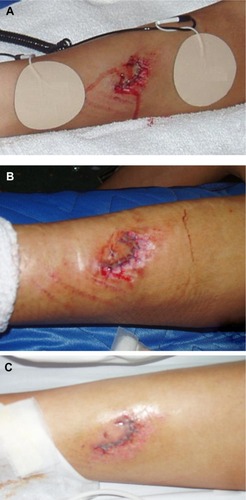
Figure 3 Reduction in inflammation with grounding or earthing documented with medical infrared imaging.
Notes: Thermal imaging cameras record tiny changes in skin temperature to create a color-coded map of hot areas indicative of inflammation. Panel A shows reduction in inflammation from sleeping grounded. Medical infrared imaging shows warm and painful areas (arrows in upper part of panel A). Sleeping grounded for 4 nights resolved the pain, and the hot areas cooled. Note the significant reduction in inflammation and a return toward normal thermal symmetry. Panel B shows infrared images of a 33-year-old woman who had a gymnastics injury at age 15. The patient had a long history of chronic right knee pain, swelling, and instability, and was unable to stand for long periods. Simple actions, such as driving, increased the symptoms. She had to sleep with a pillow between her knees to decrease the pain. On-and-off medical treatment and physical therapy over the years provided minimal relief. She presented on November 17, 2004 with considerable right medial knee tenderness and a mild limp. Top images in Panel B were taken in walking position to show the inside of both knees. Arrow points to exact location of patient’s pain and shows significant inflammation. Lower images in Panel B taken 30 minutes after being grounded with an electrode patch. The patient reported a mild reduction in pain. Note significant reduction of inflammation in knee area. After 6 days of grounding, she reported a 50% reduction pain and said that she could now stand for longer periods without pain, and no longer needed to sleep with pillow between her legs. After 4 weeks of treatment, she felt good enough to play soccer, and for the first time in 15 years felt no instability and little pain. By 12 weeks, she said her pain had diminished by nearly 90% and she had no swelling. For the first time in many years, she was able waterski. The patient contacted the office after 6 months of treatment to report that she had finished a half-marathon, something she never dreamt she would ever be able to do prior to treatment.
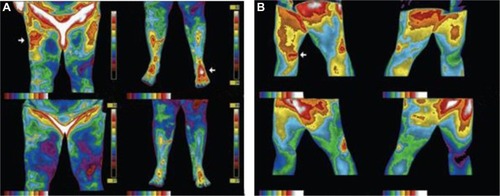
Figure 4 Grounded sleep system.
Notes: Grounded sleep system consists of a cotton sheet with conductive carbon or silver threads woven into it. The threads connect to a wire that leads out the bedroom window or through the wall to a metal rod inserted into the Earth near a healthy plant. Alternatively, it can be connected to the ground terminal of an electrical outlet. Sleeping on this system connects the body to the Earth. A frequent report from people using this system is that sleeping grounded improves the quality of sleep and reduces aches and pains from a variety of causes.

Figure 10 Formation of the inflammatory barricade.
Notes: Copyright © 1984, Selye H. Reproduced from Selye H. The Stress of Life. Revised ed. New York: McGraw-Hill Companies, Inc.; 1984.Citation25 (A) Normal connective tissue territory. (B) Same tissue after injury or exposure to irritant. Vessel dilates, blood cells migrate toward irritant, connective tissue cells and fibers form a thick impenetrable barricade that prevents the spread of the irritant into the blood, but that also inhibits entry of regenerative cells that could repair the tissue and slow the entry of antioxidants into the repair field. The result can be a long-lasting pocket of incompletely resolved inflammation that can eventually leak toxins into the system and disturb functioning of an organ or tissue. This is referred to as “silent” or “smoldering” inflammation. (C) The inflammatory, Selye, or granuloma pouch as originally described by Selye,Citation30 is widely used in studies of inflammation.
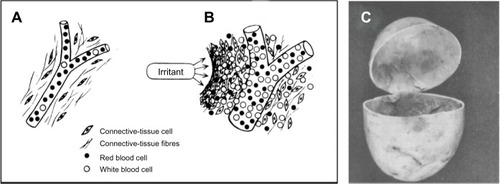
Figure 11 The living matrix, ground regulation system, or tissue tensegrity matrix is a continuous fibrous web-work or network that extends into every part of the body. The extracellular components of this network consist primarily of collagen and ground substance. It is the largest system in the body, as it is the only system that touches all of the other systems.

Figure 12 Collagen and ground substance.
Notes: (A) Collagen, the principal protein of the extracellular connective tissue matrix, is a triple helix with a hydration shell surrounding each polypeptide strand. The protein can transfer electrons by semiconduction, and protons (H+) and hydroxyls (OH−) migrate through the hydration shell. These charge movements can be very rapid and are vital to life. (B) Copyright © 2005. R Paul Lee Reproduced with permission from Lee RP. Interface. Mechanisms of Spirit in Osteopathy. Portland, OR: Stillness Press; 2005.Citation67 The ground substance is a highly charged polyelectrolyte gel, a vast reservoir of electrons. Note the collagen fibril embedded in ground substance units known as matrisomes (a term coined by Heine).Citation33 Detail of a matrisome to the right (b) reveals vast stores of electrons. Electrons from the ground substance can migrate through the collagen network to any point in the body. We suggest that they can maintain an anti-oxidant microenvironment around an injury repair field, slowing or preventing reactive oxygen species delivered by the oxidative burst from causing collateral damage to healthy tissue, and preventing or reducing the formation of the so-called “inflammatory barricade”.
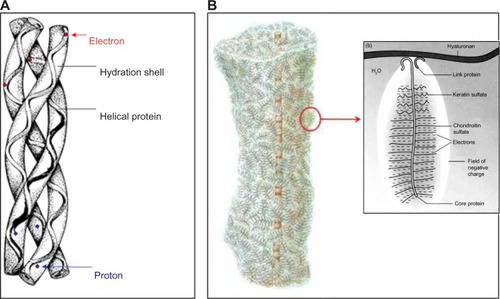
Figure 15 Inorganic phosphate/phosphocreatine ratios (Pi/PCr) pretest versus post-test for each group.

Figure 16 Summary of central hypothesis of this report: comparison of immune response in ungrounded versus grounded person.
Notes: (A) After an injury, the ungrounded person (Mr Shoes) will form an inflammatory barricade around the injury site. (B) After an injury, the grounded person (Mr Barefoot) will not form an inflammatory barricade, because reactive oxygen species that could damage nearby healthy tissue (collateral damage) are immediately neutralized by electrons semiconducted from the electron-saturated ground substance via the collagen network.
